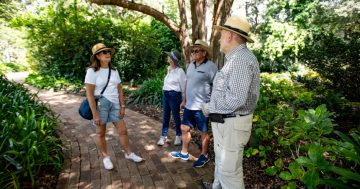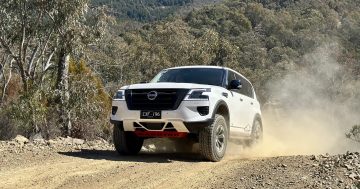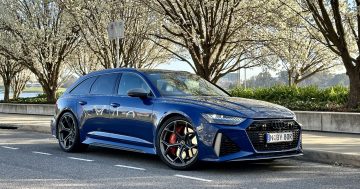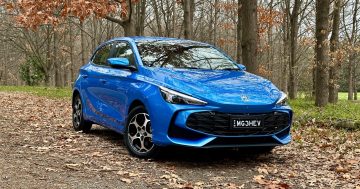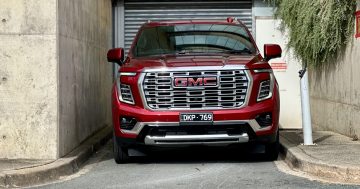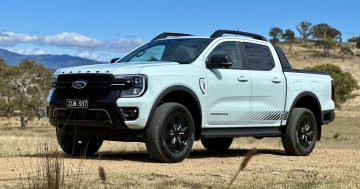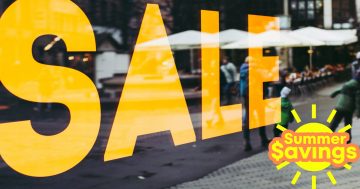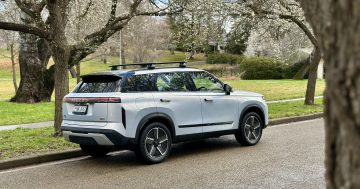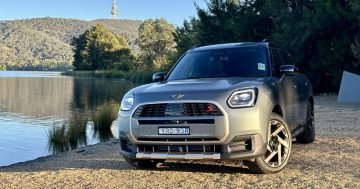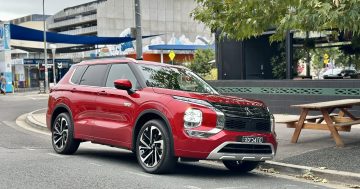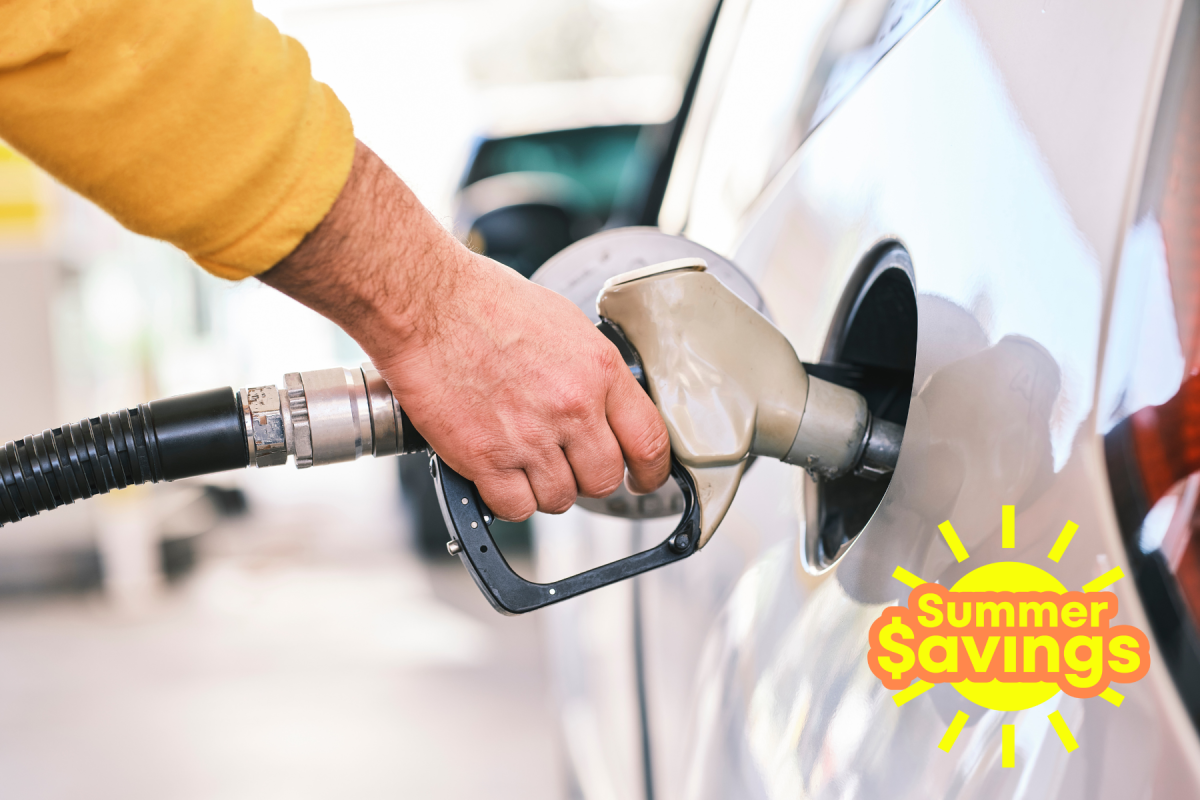
Here’s how to get the best bargains at the petrol pump. Photo: File.
A run down the coast for a camping trip, a drive out west to see the family, a Sydney shopping trip – time off over summer means the opportunity to take some longer journeys.
All that mileage can hit the hip pocket though, and with Christmas expenses adding to a cost of living crisis, it’s a hit most of us can’t afford right now.
Never fear, as part of our summer savings series here are some tips for getting the best deals on fuel, and stretching it that bit further.
First of all, get the Fuel Check app.
This NSW Government-owned app publishes petrol prices received directly from fuel retailers under mandatory reporting laws.
Different petrol stations can offer wildly different prices – in Wollongong as of 13 December, you could fill up on E10 for $1.74 a litre or $1.99 a litre.
If your daily travels take you a little further afield, you could get stung paying $2.10 in Thirroul – or score a bargain $1.65 in Albion Park.
Filling up a Toyota Corolla? At $2.10 a litre that 50-litre tank would cost you about $105, but at $1.65 it would cost you $82.50, saving more than $20.
Not a bad deal.
Third-party apps PetrolSpy and MotorMouth are also pretty reliable guides to the cheapest spot to fill up.
Now you’ve sussed where to buy fuel, when should you buy it?
Despite what your Uncle Jim might tell you, there’s no singular consistent day that petrol prices are cheaper.
In major cities, the best day to buy fuel is at a low point in a price cycle – which is difficult to predict.
You can find daily updates on petrol price cycles, including advice on whether it’s a good day to buy fuel, on the ACCC website.
So you’ve got the best possible deal on petrol, and you’re feeling pretty proud of yourself, but the way you drive and the condition of your car also impact the amount of fuel you use.
Now you’ve done the hard work, it’s worth putting in a bit of effort to make your bargain fuel go the distance.
Here are some tips to keep saving behind the wheel.
Avoid short trips – cars can use up to 20 per cent more fuel when the engine is cold.
Take it gently when you do drive. Avoid over-revving if you’re driving a manual. In an automatic, ease back slightly on the accelerator once the car gathers momentum, and in all car types, avoid stop/start driving.
Don’t speed – this isn’t just a safety tip. According to Choice Australia, fuel consumption increases significantly over about 90 km/h. At 110 km/h your car can use up to 25 per cent more fuel than it would at 90km/h. Maybe just leave a bit earlier?
Turn off your engine if you’re parked, even for a short time.
Air conditioning can increase fuel use by up to 10 per cent, but at speeds of more than 80 km/h an open window will cost you more in aerodynamic drag.
Service your vehicle regularly. Check your tyre pressure at least once a month.
Use the recommended fuel type. Even if that bargain basement E10 price catches your eye, if you use it in a car designed for premium, expect slightly lower performance and fractionally higher consumption. It could also cost you at the mechanic later.
On the other hand, using premium unleaded in a car designed for regular may provide better fuel consumption, but it’s unlikely to offset the extra cost of the fuel.
Put these tips to work and you might save a pineapple or two on your summer holiday – tropical destination not required.








